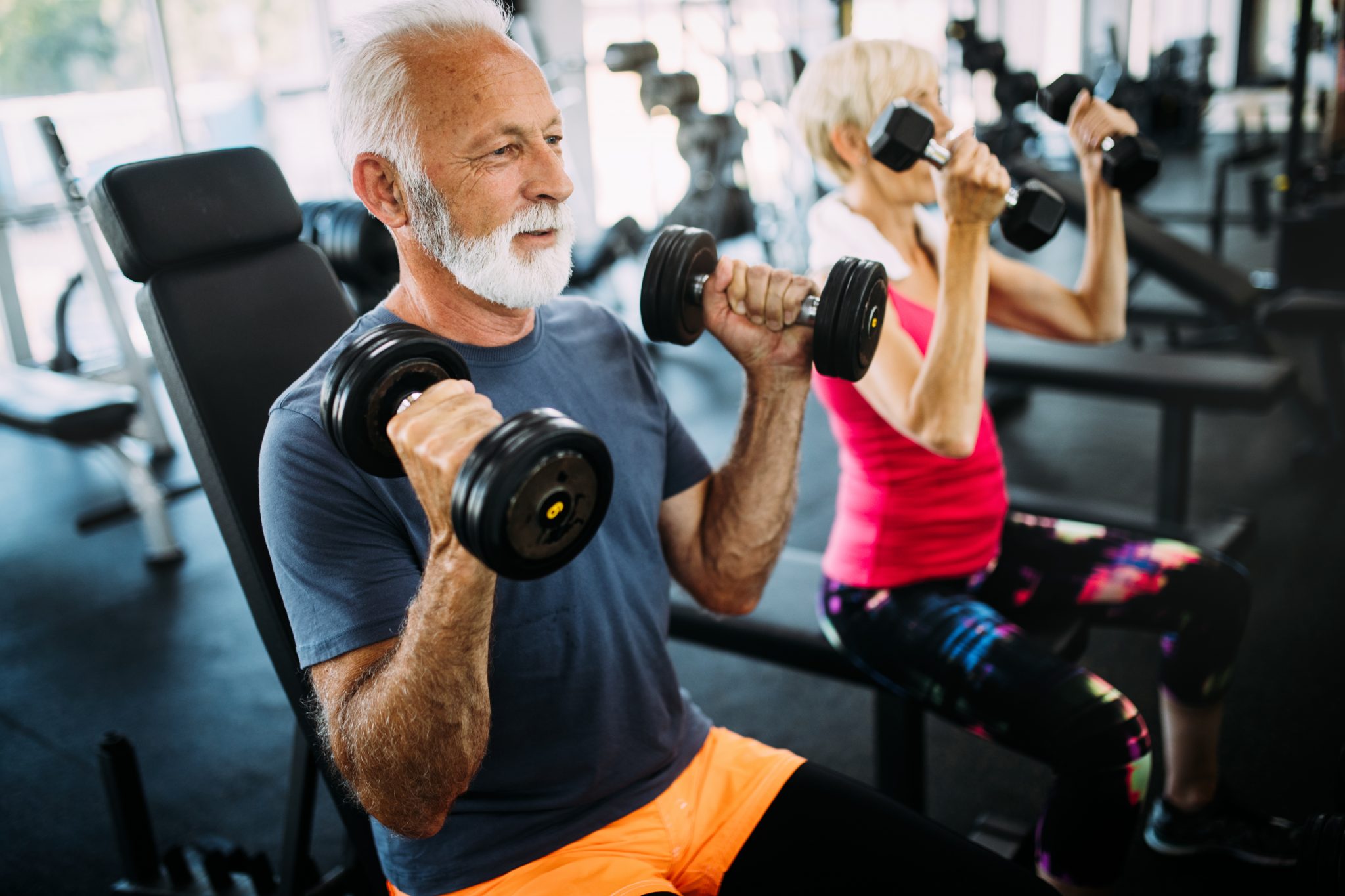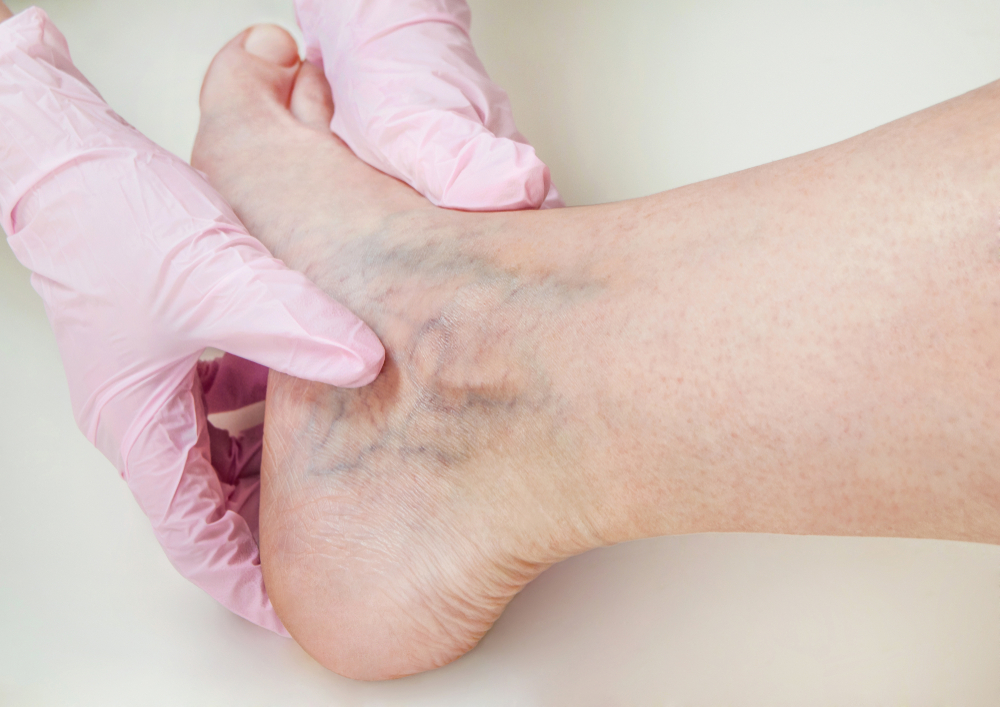Chronic Venous Insufficiency, Symptoms & Treatment
As age progresses, humans become more careless of their health. Working several hours and the rush to earn more makes one neglectful of his own physical health. This negligence in daily routine exercises and diet can tend to cause serious health issues in people. Often, humans fail to realize the value of having a healthy body because, in the long run, health is actually all the wealth you will ever need.
What Is Chronic Venous Insufficiency?
A very common disease affecting people of the older age groups is Chronic Venous Insufficiency abbreviated as CVI. It is a mild to moderate disorder, occurring mainly due to the inability of valves within the veins to function normally. This results in loss of the ability of the body to pump blood back towards your heart, making it pool within your legs. Hence, the deoxygenated venous blood gets accumulated in your legs which is termed as CVI.
Symptoms of CVI
Your body never fails to give you signals if it is not functioning properly. Visible marks on the legs and sensations of tingling and itching are the frequent symptoms of CVI. However, the most common signs indicating an increase in the risk factor of CVI are:
• Varicose veins
These are also known as spider veins. This disorder is characterized by the twisting and narrowing of the veins of the lower periphery of your body giving it a purplish appearance on thighs especially.Skin Irritability
Frequent itching, inflammation, and allergy on the legs is also a side sign of CVI. In addition to this, the patient may also face varicose eczema in which the skin becomes thin, brown and tissue-like.
• Hyperpigmentation
CVI often leads to an increase in the pigmentation in the region where the veins are incapable of pumping the blood back to the heart. The accumulation of deoxygenated blood will show a darker shade of that body part usually deep blue/black or purple in color.
• Swelling
Chronic swelling of the legs is also a symptom of CVI. The excess amount of blood that has been pooled up in your legs will make the region seem swelled and bulky in appearance.
• Clots and Ulcer Formation
Since the blood in veins remains accumulated without any motion, it may gradually form clots or ulcers in the body. These may lead to serious consequences and should be treated immediately.
What Causes CVI?
A lot of diseases in the human body are the results of increasing age and fewer exercises. As the human body advances in age, the body systems become more susceptible to wear and tear. This is why the valves of the veins often fail to function properly and cannot prevent the backflow of blood. This causes CVI.
Other than age, other factors contributing to chronic venous insufficiency are being overweight or having less exercise in routine life. Sitting with the same posture for hours without movement leads to fat deposition in blood vessels. This results in the inability of veins to pump blood back from the legs towards the heart effectively. A few other causes of CVI include higher blood pressure, smoking, previous cases of leg injury or dilation of veins in legs.
How Can You Treat CVI?
Chronic Venous Insufficiency is a disease that must not be neglected for a long period of time. If CVI is left untreated, then the increased blood pool causes increased pressure on the capillaries. It results in their rupture leading to severe discomfort and body changes. Given below are the simplest and basic treatment methods for Chronic Venous Insufficiency.
• Change in Lifestyle
CVI patients need to quit their sedentary lifestyle and must develop a habit of exertion. Whether it may be a simple walk to home or to the park daily, but even a regular 30-minute walk will keep your leg muscles activated. Prefer using the stairs instead of a lift, and choose to ride a bike rather than driving a car. These simple changes will keep your legs in action constantly. It will ensure proper blood supply and articulation within your legs, preventing any such disease.
• Exercise
The importance of a routine workout in life cannot be neglected. Even doing simple exercises like squats or leg jumps can have a great impact to treat CVI. Exercise helps in the effective pumping back of the blood towards the heart as the muscles of the calf contract to assist the venous blood flow. Moreover, performing daily exercises will help you maintain an adequate weight. Otherwise, too much of the fat in your body also restricts the blood flow.
• Raising Legs Above Heart
If you find it hard to exercise daily, then simply keeping your legs in an elevated manner will assist in treating CVI. In this type of exercise, you just let gravity do its work. All you have to do is keep your legs in an elevated position for at least 15minutes several times a day. This will help the force of gravity return blood back to the heart from your legs. Avoid sitting or standing for long hours, but try to keep your legs moving consistently. Also, make sure not to hang your legs while sitting.
• Compression Stocking
You can find these at almost all medical stores. These come in various lengths and sizes depending on your ease. The compression stockings will increase pressure on your calf or thigh muscles, thus preventing distention of the veins. Make sure to choose the perfect kind of stocking for yourself; you don’t want to end up worsening your CVI.
If you’re not comfortable using a compression stocking, then you might want to try having a manual compression massage therapy. This is done by a professional physiotherapist, and it will also manually increase the blood flow and lymph drainage in your body. It significantly lessens inflammation.
• Chronic Treatments
If you’ve become a victim of a chronic case of CVI, then you may need to consult a doctor immediately. For this purpose, you will have to undergo phlebectomy which is a procedure to remove varicose veins through small punctures in the skin. Another non-surgical treatment method includes sclerotherapy in which the doctor injects a solution to close the damaged veins permanently. These treatment methods must only be chosen after proper consultation with your doctor.
Thus, every disease brings discomfort and irritability in a patient’s life. One must never overlook the importance of exercise and workout in life. These tiny things are what matter to keep our body healthy and strong because if you work for your body, it will always repay you.





